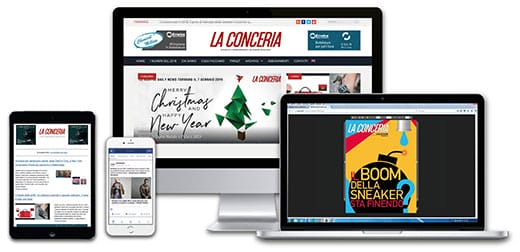Now nearing the halfway mark of 2025, the fortunes of luxury brands are increasingly tied to how well they can solve the Chinese puzzle. With a few rare exceptions — Prada being the standout — sales in China are declining due to a combination of factors. And finding the right key to return to growth is proving to be a tough challenge. Coach appears to have found it — but is it all just a matter of pricing?
The Chinese puzzle
At times, it seems some brands are simply experimenting blindly in their efforts to regain success in China. According to Bloomberg, certain labels that previously attempted to boost sales volumes through more aggressive discounting are now reversing course. They’ve abandoned discounting in order to rebuild brand value and attract wealthier consumers, whose spending habits are less affected by the economic slowdown.
According to Re-Hub, not a single Balenciaga product sold on Tmall was discounted in the first quarter of 2025 — a clear shift from the same period in 2024, when the brand’s average discount was around 41%. Versace and Valentino have reportedly adopted a similar strategy. Max Peiro, CEO of Re-Hub, commented: “This shift isn’t merely operational — it’s fundamental. Brands are investing in relevance, desirability, and premium experiences to drive long-term loyalty”.
But what are Chinese consumers really thinking?
Yet the market seems to be heading in a different direction. Speaking to L’Espresso, Mario Dell’Oglio — former president of the Italian Fashion Buyers’ Chamber and a retail entrepreneur — explains that “in China, as in Europe, mid-range priced collections are currently being rewarded — the sort of price point typical of maisons’ secondary lines”. These are collections and products marked by a “consistent quality-to-price ratio”.
Does this suggest that accessible luxury now stands a better chance? Perhaps — judging by the results of the Tapestry Group, one of the few companies to report growth in China in the first quarter: +5%. Overall, the holding company closed the period with an 8% increase, reaching USD 1.6 billion in revenues. This was almost entirely thanks to Coach, whose revenues rose by 15% at constant exchange rates — particularly due to strong full-price handbag sales. The same cannot be said for Kate Spade (-12%) or Stuart Weitzman (-17%).
Archive photo: Shutterstock
Read also:











